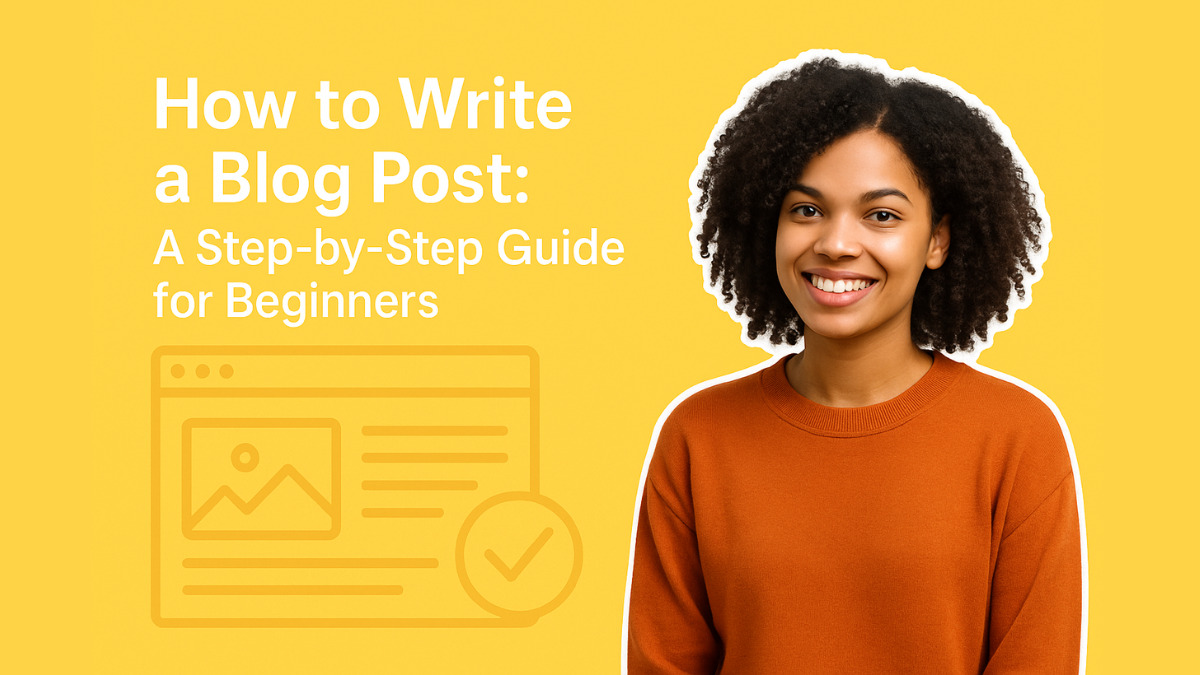
What Makes a Blog Post Great?
Before diving into the writing process, it helps to know what separates a strong blog post from an average one. At its core, a great blog post:- Solves a real problem for its audience
- Is easy to read and well organized
- Provides unique value—insights, stories, examples, or actionable steps
- Encourages readers to take the next step (subscribe, comment, share, or learn more)
Step 1: Choose a Blog Topic and Understand Your Audience
Every great blog post starts with choosing the right topic. Start with what you know—your expertise, interests, or the questions your customers frequently ask. Use keyword research tools or browse Google to see what others are searching for (try typing ideas into Google and seeing the autosuggest results!). When you find a topic, make sure it aligns with your audience's needs and your business goals. Ask yourself: What problem does my blog post solve? Who will benefit from reading this? For instance, if your focus keyword is "how to write a blog post," your audience might be new bloggers, small business owners, or marketers wanting to improve their content. Knowing this helps you shape your language and advice to fit their level.Tips to Uncover Blog Post Ideas
- Read industry forums, Quora, or Reddit for common questions
- Check your email or social media messages for recurring themes
- Use answer-the-public or Google Trends for what's trending
Step 2: Outline Your Blog Post
Organizing your thoughts before you write saves time and leads to a clearer message. A great blog post outline typically includes:- Introduction: Capture attention, present a relatable problem or surprising stat.
- Main sections: Break down the topic into logical chunks. Use H2 and H3 subheadings for skimmability.
- Conclusion or takeaway: Sum up the main points and give the reader a next step.
- How to pick a topic
- How to write an outline
- Tips for drafting
- Editing and formatting best practices
- SEO and publishing tips
Step 3: Write a Compelling Introduction
Your intro's job is to hook the reader fast. Use a relatable scenario, a pain point, or a data point to show you understand their needs. Move quickly to the value you’ll provide. For example:“Have you ever spent hours writing a blog post, only to realize no one’s reading it? You’re not alone. In this guide, you’ll learn proven strategies to write a blog post readers can’t ignore.”Research from Nielsen Norman Group shows online readers scan for value—so get to the point quickly!
Step 4: Write the Body—Make It Easy to Follow
This is where you deliver on the promise made in your introduction. Use short paragraphs, bulleted lists, and clear subheadings. Here’s a simple formula for writing each section:- State your main point or tip
- Explain how to do it (step-by-step if possible)
- Include real-world examples or case studies
- Discuss why this tactic works
- Highlight when or where to apply it
Formatting for Readability
Break up long text with images, quotes, and whitespace. Use formatting like bold, italics, and lists to highlight key points. According to Harvard Business Review (2023), well-structured blog posts with clear organization are much more likely to be read and shared.Step 5: Polish, Edit, and Proofread
Writing is rewriting! Even the best bloggers take a break before editing their first draft. Read your post out loud or use text-to-speech tools to catch awkward phrases. Watch for typos, repetition, or jargon that could confuse your readers. Here are a few quick questions to review:- Is every section clear and helpful?
- Are there actionable steps or examples?
- Does the blog post flow logically from intro to conclusion?
- Did you optimize headings and text for relevant keywords like “how to write a blog post”?
Step 6: Optimize for SEO and Publishing
To make sure your hard work pays off, optimize your post for search engines and readability:- Include your focus keyword (and variations) in the title, intro, at least one
<h2>, and throughout the text - Add relevant internal links (e.g., list building strategies)
- Link to recent, reputable external sources for credibility
- Use descriptive image alt text and optimize meta descriptions
- Add a call to action: ask readers to comment, share, or join your email list using tools like AWeber
Actionable Checklist: How to Write a Blog Post
- Pick a focused, relevant topic
- Understand your reader’s needs
- Outline the post for clarity
- Write an engaging intro
- Deliver value in a logical structure
- Include actionable tips, examples, or case studies
- Edit and proofread for readability
- Optimize for SEO and add live, recent links
The post How to Write a Blog Post: A Step-by-Step Guide for Beginners appeared first on AWeber.
from AWeber https://ift.tt/Mu8oacO
via IFTTT
No comments:
Post a Comment